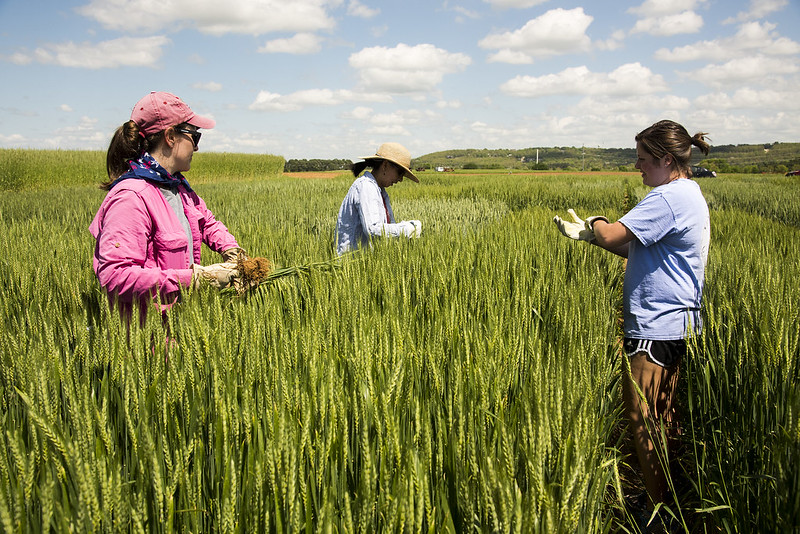History
The Arkansas Agricultural Experiment Station
The Arkansas Agricultural Experiment Station (AAES) was formally established in 1888 following passage of the Hatch Act of 1887, which provided federal funding to assist in the operation of state-based agricultural experiment stations by land-grant universities. The University of Arkansas Board of Trustees had jump-started the process in May 1886 by inaugurating “experiments in scientific agriculture and horticulture” on university property led by the professor of chemistry, Albert E. Menke. Menke was appointed the first director of the Agricultural Experiment Station in 1888.


During his tenure as director, Menke started the experimental farm in Fayetteville and helped to organize the Stock Breeders Association and Farmers’ Institutes. He established herds of Herefords and Holsteins and evaluated varieties of corn, cotton, wheat, grapes and strawberries. He also administered the fertilizer and seed testing programs. AAES hit the ground running with research not only in Fayetteville but also on rented “branch station” land in Newport, Pine Bluff, and Texarkana. By 1906, research on at least nine other “branch stations” was reported, along with cooperative work with the new state-supported agricultural schools at Russellville and Monticello. 1906 also saw the AAES organize its research disciplines into departments.

The AAES established the Main Station in Fayetteville in 1919 while conducting research in 41 of the state’s 75 counties. The system of “main station” and “branch experiment stations” was authorized by the Arkansas General Assembly in 1923, with funding provided in 1925. By 1927, the first three branch experiment stations at Stuttgart, Hope and Marianna were opened. Nearly 100 years later, AAES operates five research and extension centers, six research stations and several other research units throughout the state, along with eight diagnostic centers.


A huge step forward for agricultural research in Arkansas came with the creation of the Division of Agriculture in 1959 as a separate institution within the U of A System. Responsibility for AAES research and Cooperative Extension Service educational programs was transferred from the Fayetteville campus to the new “statewide campus,” allowing for concentrated focus on the state’s largest industry. With this arrangement, the spirit of the agricultural land-grant mission in Arkansas of teaching, research, and extension became shared between the new Division of Agriculture and the University of Arkansas and other campuses. Since 1959, there has been an intertwining in both practice and impact, with many AAES research scientists holding Cooperative Extension Service appointments and serving on the teaching faculty at university campuses.

AAES researchers continually pursue improvements and solutions to both major and minor agricultural issues. They conduct experiments to answer stakeholder questions. They adapt and fine-tune proven and new technologies. Through cross-disciplinary experiments and collaborations with other research institutions across the nation, AAES is focused on helping producers conserve natural resources while improving production and health for all.

